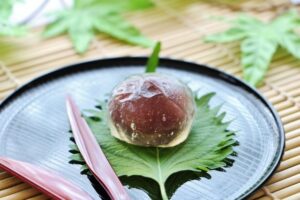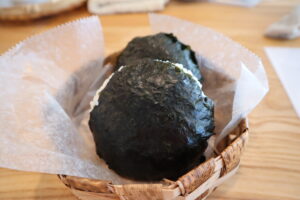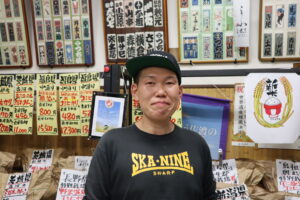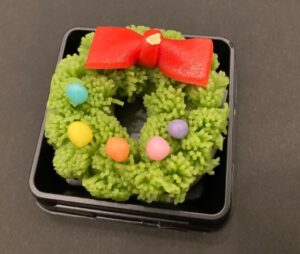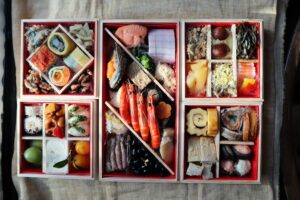Today, I will introduce traditional Japanese sweets that are perfect to eat during the summer.
Each of them has a cool and refreshing appearance, meticulously crafted with attention to detail, and they boast a light and refreshing taste. When I indulge in these Japanese sweets, I can truly feel the craftsmanship and aesthetic beauty of Japan.
Taking a break with these kinds of sweets creates a luxurious moment that makes you forget about the hot and humid summer. Now, let’s explore seven representative types.
Part 1 introduced Warabimochi, Mizu-yokan, Mizu-manju, and Kuzukiri. Part 2 features even more popular delicacies.
Mitsumame and Anmitu
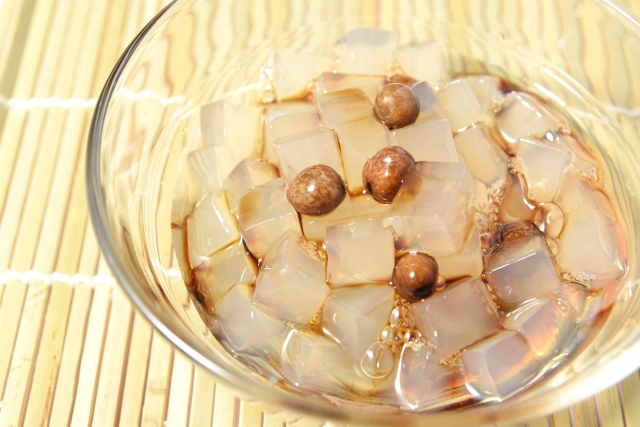
Mitsumame and Anmitsu are more common and popular among the general public, especially during the summer, as they can be found in various cafes.
The key ingredient shared by Mitsumame and Anmitsu is agar-agar. Agar-agar is made by boiling and solidifying a type of seaweed called “Tengusa” into cube-like pieces. It has a smooth and refreshing texture, almost without any taste.

By the way, agar-agar is similar to gelatin, but there are several differences. Gelatin is made from animal proteins, whereas agar is derived from seaweed. As a result, it is healthier and has a subtle fragrance.
For Mitsumame, red endo beans are added to the agar-agar cubes, and black syrup over it.
On the other hand, Anmitsu is made by adding sweet bean paste (anko) to Mitsumame.
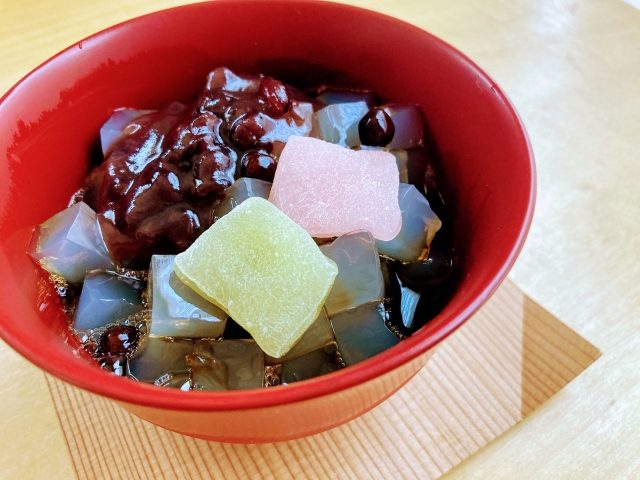
There are variations of it such as, “Fruit Anmitsu,” where fruits are added on top, and “Shiratama Anmitsu,” which includes small mochi balls made from glutinous rice flour. They are white, round-shaped balls with a fine texture.
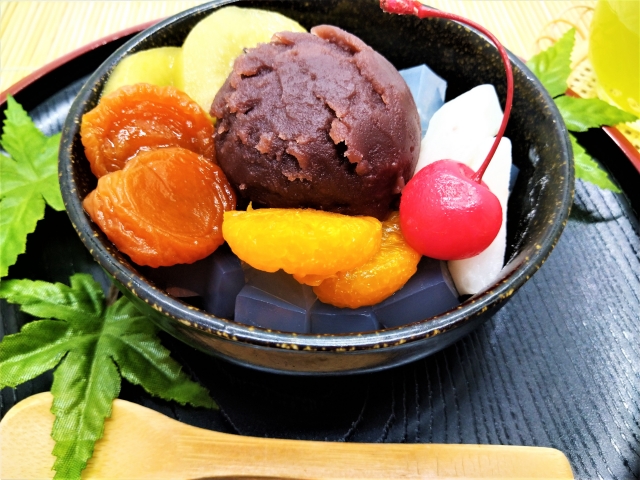

Kakigoori
Finally, let me introduce “kakigoori,” a popular Japanese shaved ice dessert.
It is a sweet treat made by finely shaving ice and drizzling syrup over it. It is said to have originated in the Heian period around the year 800 AD.
For a simple one, shaved ice is topped with syrups with vibrant colors and flavors like strawberry and melon.This inexpensive delight, costing around 150 yen, is beloved by children.
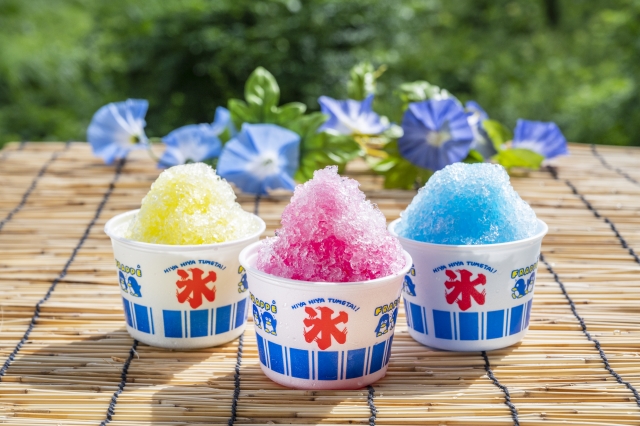
On the other hand, there are elaborate versions of it that come with toppings such as shiratama (glutinous rice flour dumplings), sweet red bean paste, and condensed milk.
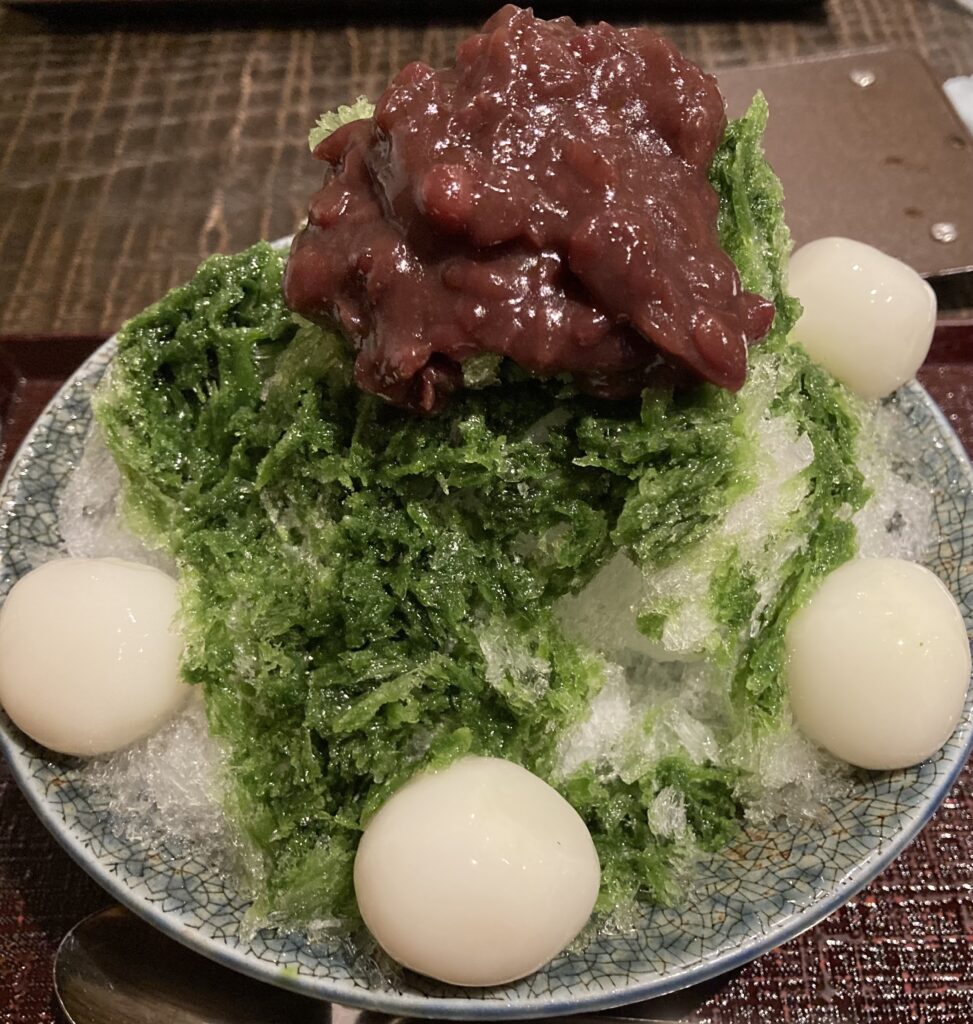
For example, I had this kind of it in Asakusa. The sun was scorching, and I felt tired, but after eating the matcha-flavored kakigori, I regained my energy.
Moreover, there is a current trend of artisanal one with rich fruit syrups, which can be enjoyed at stylish cafes for around 1000 yen.
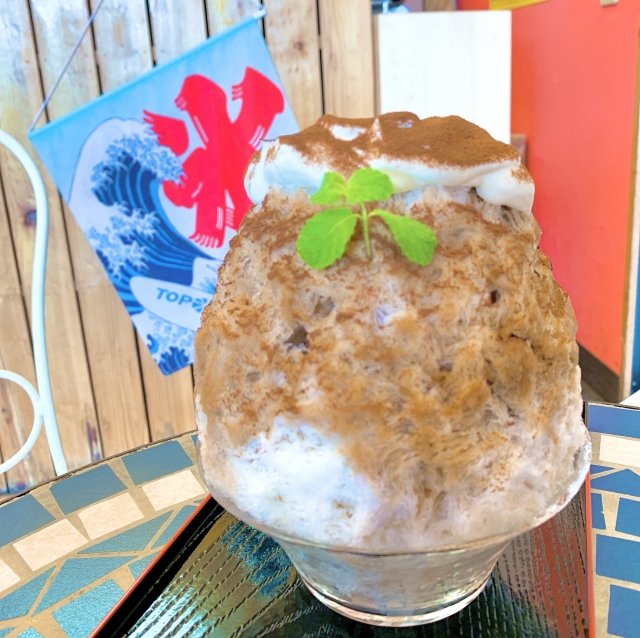
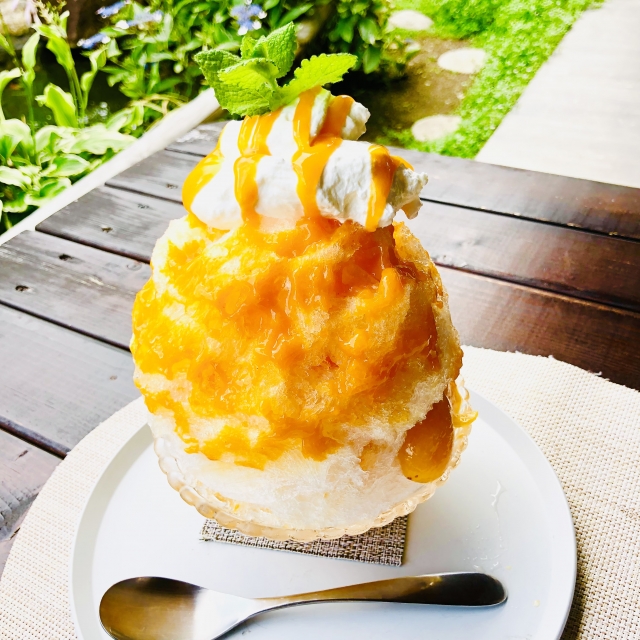
Many places where you can enjoy kakigoori have a symbol of “氷” (ice) displayed. This symbol traces its origins back to the Edo period when ice was a precious commodity. To prevent the circulation of unsanitary ice, only authorized ice vendors were permitted to sell it, and they were granted a special license, which was symbolized by the “氷” mark. Nowadays, if you spot the ice symbol, you can be sure that delicious kakigori awaits you there.

Anko and Kuromitsu
Anko, often referred to as sweet red bean paste, is a crucial ingredient in Japanese sweets. It is made by cooking azuki beans and then mashing them with sugar. The flavor of anko plays a decisive role in defining the taste of traditional Japanese confectioneries. As a result, confectionery shops pay great attention to perfecting the taste of their anko. There are two main types of anko: tsubuan, which contains whole bean grains, and koshian, which has a smoother texture.

Kuromitsu is a traditional sweet syrup made from sugarcane. It is characterized by its dark color and thick, syrupy consistency. The sweetness of kuromitsu is intense, accompanied by a unique depth of flavor and aroma. This luscious black syrup holds significant importance in the realm of Japanese confections.
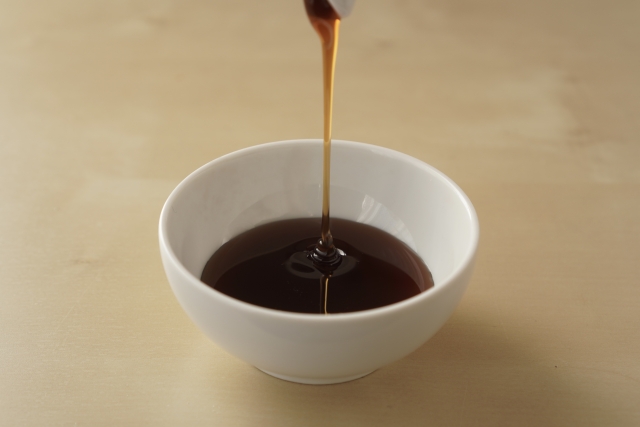
Both anko and kuromitsu are integral to Japanese sweets, and their combination is frequently found in various delightful confections. The marriage of anko’s sweet bean flavor and kuromitsu’s rich sweetness and distinct character creates a delightful and memorable taste experience cherished by many in the world of Japanese cuisine.
These sweets are made using delicious water, which adds to their refreshing taste, cooling down the body during hot weather. Have you found something you’d like to try?




